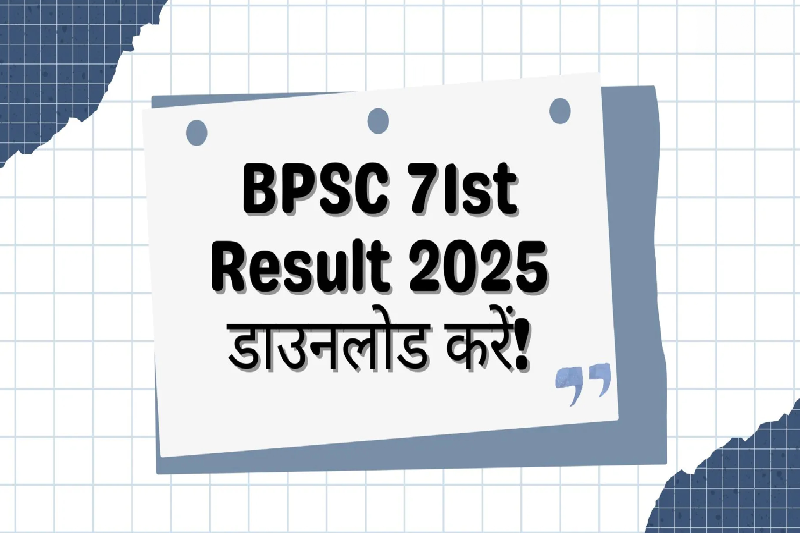
Karnataka’s Private Universities See Spike in Applications After Switching to JEE-Based Admissions
In a significant shift aimed at easing the admission burden on students, several private universities in Karnataka have discontinued their entrance exams and adopted scores from national-level exams, such as the Joint Entrance Examination (JEE) and the Karnataka Common Entrance Test (KCET). The change, implemented following the recommendation from the Karnataka State Higher Education Department, has led to a notable increase in student applications for engineering programs across multiple institutions in Bengaluru.
Government Push for Standardization
The decision to standardize admission processes stems from the state government's directive urging private universities to avoid conducting separate entrance tests. The rationale was to reduce the stress on students, who often have to appear for multiple entrance exams across universities. Instead, institutions were advised to rely on nationally recognized exams such as JEE and KCET, both of which already determine eligibility for government quota seats in Karnataka's engineering colleges.
Positive Outcome: Increased Applications and National Reach
Universities that embraced this policy have reported encouraging results. Notably, PES University witnessed a 10% jump in the number of applications compared to last year. The university received 26,400 applications this year, up from 24,000 in the previous cycle. According to Ajoy Kumar, Chief Operating Officer of PES University, the institution organized an early round of admissions based on JEE-Mains 1 scores, followed by a merit list generated after the combined JEE results were announced.
“The majority of students admitted through this round were above the 85th percentile,” said Kumar. “Parents appreciate the credibility and recognition that come with JEE-based admissions, which they believe has enhanced the stature of the university.”
PES plans to follow a similar structure for its PESU-CET intake, scheduling a second round of admissions after the first phase of KCET counselling.
RV University: More Applications, More Work
RV University also saw a substantial increase in applications, rising from 7,000 last year to 10,000 this year. The university set a cut-off percentile of 80% for this intake, offering 243 seats under this category. While the new system has expanded its reach and attracted applicants from across the country, it has also presented operational challenges.
“There are advantages and disadvantages,” said Dr. D.P. Nagaraj, Pro-Chancellor of RV University. “While we’ve gained a broader national pool of candidates, the simplified application process has also led to a higher number of casual applications. Many students apply without a real intention to join, which increases the administrative burden on the university to follow up.”
REVA University: No Major Change, Mixed Feelings
On the other hand, REVA University reported no significant change in the number of applications received this year. The university, while complying with the new government-mandated system, expressed reservations about relying solely on standardized entrance scores, such as those from the JEE.
Dr. Sanjay Chitnis, Vice-Chancellor of REVA University, voiced concerns about the limitations of exams like JEE in capturing a student’s holistic potential. “Exams like JEE are designed to eliminate candidates through a standardized process,” Chitnis explained. “However, they fail to evaluate essential 21st-century skills such as problem-solving, innovation, and entrepreneurship.”
Chitnis advocated for a more personalized admission approach. “We would have preferred engaging students in a two-week immersion program,” he said. “This would allow us to evaluate their soft skills, understand their aspirations, and mentor them accordingly. In such a model, even an average JEE score wouldn’t be a barrier. Unfortunately, current regulations don’t support this kind of flexibility.”
Balancing Efficiency with Holistic Evaluation
While the adoption of JEE and KCET scores has standardized the process and reduced redundant entrance tests, it also raises questions about the depth of student evaluation. The current model primarily focuses on academic performance in a multiple-choice format, leaving little room to assess traits such as creativity, emotional intelligence, leadership, or alignment with the university’s unique ethos.
This concern is particularly significant for universities that see education as more than just academic achievement. Institutions like REVA University are interested in nurturing well-rounded individuals and seek a system that enables them to assess soft skills, motivation, and a good fit for their specific programs.
Conclusion: A Mixed Bag of Outcomes
The transition to a standard entrance system has undoubtedly expanded the applicant pool and simplified the admission process for students. Universities like PES and RV have benefited from national visibility and a more streamlined process. However, challenges remain, particularly around candidate follow-up and the limitations of test-only evaluation.
As Karnataka’s higher education ecosystem continues to evolve, a balanced approach may be needed—one that combines standardized assessments with opportunities for personalized evaluation. This could help universities identify not only top scorers but also passionate, capable students who bring a diverse set of skills and aspirations to the campus community.
For now, the adoption of JEE and KCET marks a significant step toward unifying admission standards in Karnataka’s private higher education sector. However, the debate around holistic assessment is far from over.



